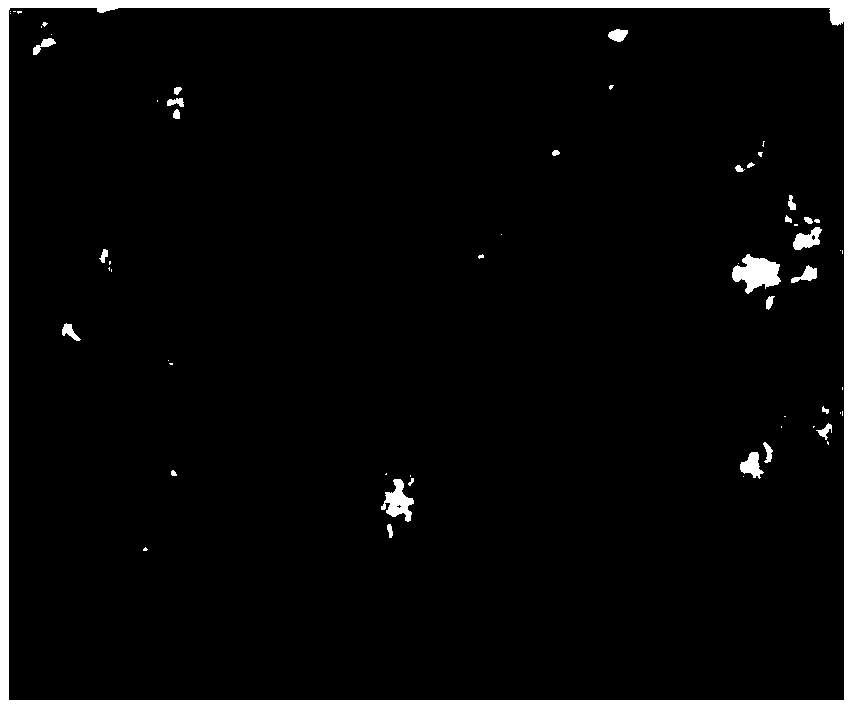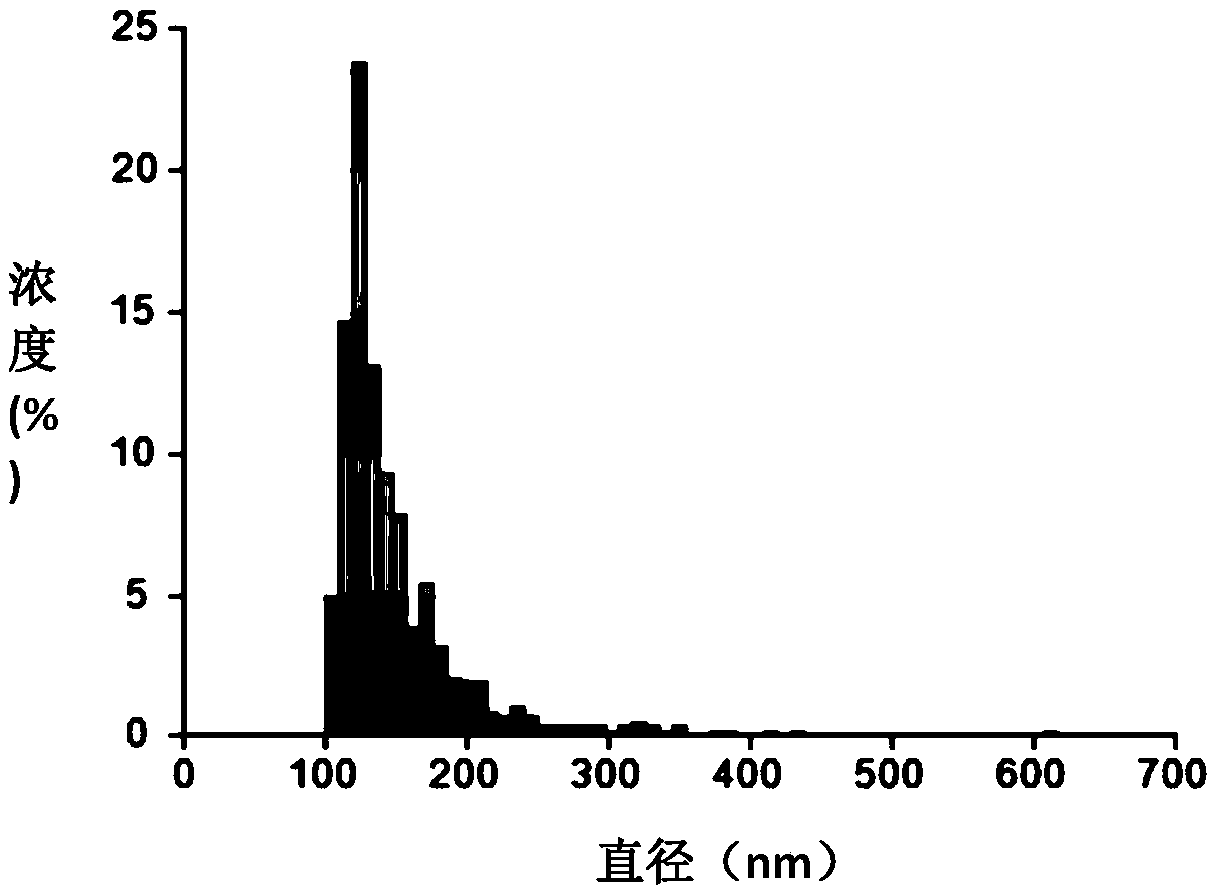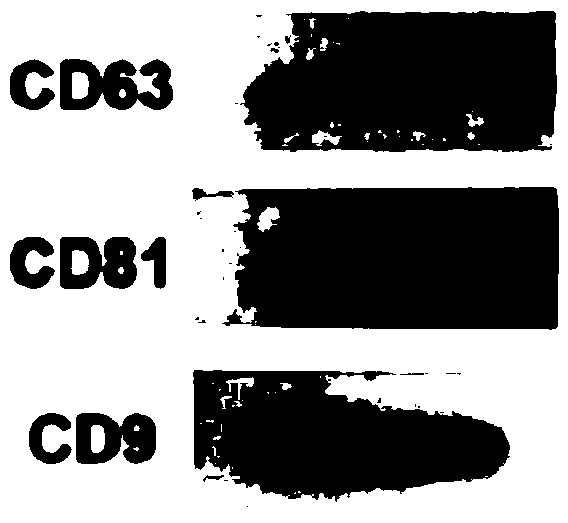Acquisition method for exosomes derived from human urinary cells and application
An acquisition method, exosome technology, applied in the field of biomedicine
- Summary
- Abstract
- Description
- Claims
- Application Information
AI Technical Summary
Problems solved by technology
Method used
Image
Examples
Embodiment 1
[0035] Repair of skin defects with exosomes compounded with human urine-derived cells
[0036] The skin defect model of New Zealand white rabbits was established, and they were randomly divided into control group and treatment group. In the treatment group, exosomes from human urine-derived cells were locally injected into the skin defect, and the exosomes of human urine-derived cells were analyzed from gross observation, tissue section, and immunohistochemistry at 4, 8, 12, and 14 days respectively. Effects of exudates on wound healing from skin defects in New Zealand white rabbits. It was found that the wound healing time of the treatment group was shorter than that of the control group. The wound healing time of the New Zealand white rabbits in the two groups was 16 days and 20 days respectively. Days 8, 12, and 14 were significantly smaller than those of the control group (p Figure 4 , Figure 5 , Figure 6 ). The results confirmed that exosomes from human urine-derive...
Embodiment 2
[0038] Tissue-engineered bone repairing large bone defects with exosomes compounded with human urine-derived cells
[0039] A 5mm femoral defect model of 30 SD rats was made and randomly divided into groups A and B: group A, implanted with β-TCP alone; group B, implanted with β-TCP compounded with exosomes from human urine-derived cells. The animals were sacrificed in batches at 4, 8, and 12 weeks after operation, and the general condition, general observation of the defect area, X-ray, micro-CT, histological staining analysis, and immunohistochemical staining were performed to detect the fracture healing, and the bone defect repair rate of each group was compared. Effect. The results showed that the bone defect in the exosome material group compounded with human urine-derived cells could heal completely, and it could significantly promote the repair of large bone defects.
Embodiment 3
[0041] Hydrogels Composite with Exosomes from Human Urine-Derived Cells Repair Cartilage Defects
[0042] 30 New Zealand white rabbits were made with hind leg femoral condyle articular defect models, the defect diameter was 4.5mm, and the depth was 3mm, and they were randomly divided into groups A and B: group A, implanted with hydrogel alone; group B, implanted with composite Hydrogel of exosomes from human urine-derived cells. Animals were sacrificed in batches at 4, 12, and 18 weeks after operation, and the general condition, general observation of the defect area, X-ray, micro-CT, histological staining analysis, and immunohistochemical staining were performed to detect fracture healing, and the bone defect repair rate of each group was compared. Effect. The results showed that the cartilage defect in the exosome material group compounded with human urine-derived cells could heal completely and significantly promote the repair of cartilage defect.
PUM
 Login to View More
Login to View More Abstract
Description
Claims
Application Information
 Login to View More
Login to View More - R&D
- Intellectual Property
- Life Sciences
- Materials
- Tech Scout
- Unparalleled Data Quality
- Higher Quality Content
- 60% Fewer Hallucinations
Browse by: Latest US Patents, China's latest patents, Technical Efficacy Thesaurus, Application Domain, Technology Topic, Popular Technical Reports.
© 2025 PatSnap. All rights reserved.Legal|Privacy policy|Modern Slavery Act Transparency Statement|Sitemap|About US| Contact US: help@patsnap.com



